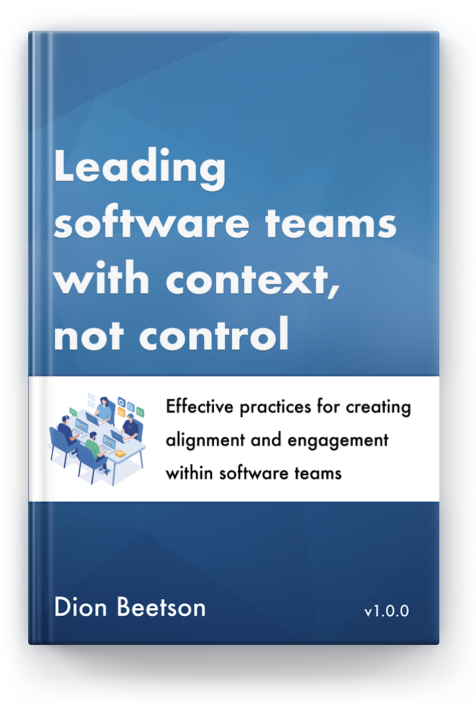Although this sounds relatively straight forward, I've seen and been involved in too many stand-ups that get distracted when its not effectively managed by the SCRUM master. Below are some areas to focus on when running and trying to improve your daily stand-ups.
Each person talks about 3 things only
Each team member has the permission to talk about 3 things only.
- What they did yesterday
- What they are doing today
- Any blockers they are facing
They do not need to go into technical implementation details, or how they solved a really hard problem. Most people can communicate the 3 points above in less than 60 seconds. Each person needs to focus on communicating to the team the highlights and not the technical details. If this doesn't happen, the SCRUM master needs to intervene, make a note of the discussion subject and take it offline.
Start the stand-up at the same place and same time every morning
Consistency is so important when it comes to stand-ups. Find a time in the day that your entire team is available and a place that is close or next to the task board.- If needed, you can get the team to pick the time of the stand-up so that it encourages ownership from the team to make it to the stand-up on time each morning.
Make sure everyone stands up!
Enough said - it will make your stand-ups more efficient.
Communicate with the team, not the task board
Stand-ups are about communicating progress and blockers to the team, not to the SCRUM master and not to the task board.
SCRUM master to record blockers and ensure their resolution
When a person raises a blocker, or a problem, it needs to be recorded, mostly just by the SCRUM master so they can follow up to find out if they need any help resolving, and also more importantly, so that it doesn't get forgotten and that it gets resolved.
Take technical discussions offline
If any person in the team starts going into technical details (or starts talking about their weekend), they need to be stopped by the SCRUM master and told to take the conversation offline after the stand-up. The SCRUM master can take a quick note about the subject, and grab the relevant people after the stand-up to discuss in more detail.
Team members should know what they have to say before the stand-up
Team members shouldn't spend the first 60 seconds of their update trying to remember what they did yesterday, and what they are going to do today. Everyone should prepare before hand and if they need to, come to the meeting with a list of things to talk about.
A team size of 5-8 people is ideal - don't make it larger than 12 people
12 people in a standup is large, but if everyone can stick to 60 second updates you can get it done in the 15 minutes. Essentially you want to make sure that everyone who attends the standup is providing benefit to the other people in the stand-up. If their updates are not relevant or required, think about if they need to be involved in the stand-up.
No phones or tablets at the stand-up
People participating in the stand-up should be focused and always paying attention - there is no need for people to be on their phone checking emails throughout stand-up.
Last team member to arrive starts first
This is a good practice to help get your team to arrive promptly to stand-ups. If they are the last person to arrive in the morning, they need to go first at the stand-up (as the entire team has had to wait for them). Don't start the stand-up until everyone is present.
Randomise the order of who speaks at the stand-up
You want to keep things interesting and everyone paying attention. Some days you can go left to right, other days right to left. You can even use a 'talking token', we've previously used a football and once you have finished your update you would throw it to the next person of your choosing. People often look for the person that wasn't paying attention to throw it to - it's a great way to keep everyone paying attention.
Use a heavy ball as the 'talking token' if required
An approach to stop people from talking too much and getting into too much detail is to use a heavy object (like a medicine ball) as the 'talking token'. People usually don't want to be holding it for too long so they will tend to be more efficient in their update. Don't make it so heavy that you cause your team back damage though.
Stand close together
Huddle together as a team, there is no need to have a metre of space between each person. The SCRUM master should ensure people don't have to yell to be heard.
The team should run the meeting (not the manager)
Stand-ups aren't about providing updates to the manager (although it is a useful way for managers to stay up to date), it is about the team communicating and providing visibility about user stories to the team. The SCRUM master is there to keep the stand-ups under control and on track.Lastly, remember to have fun at your stand-ups!




0 comments:
Post a Comment